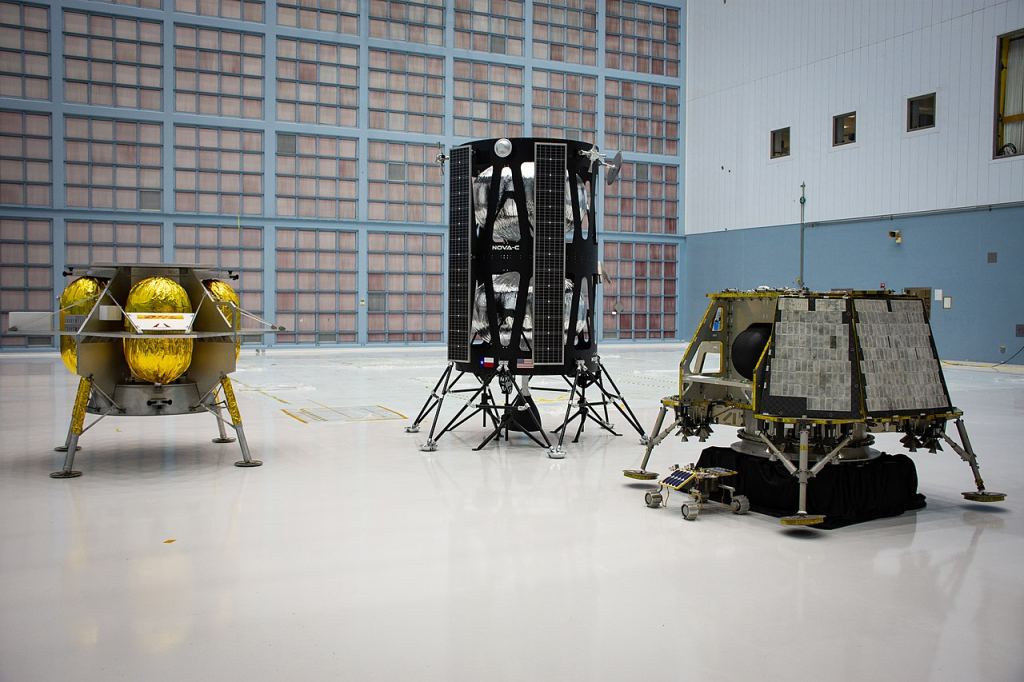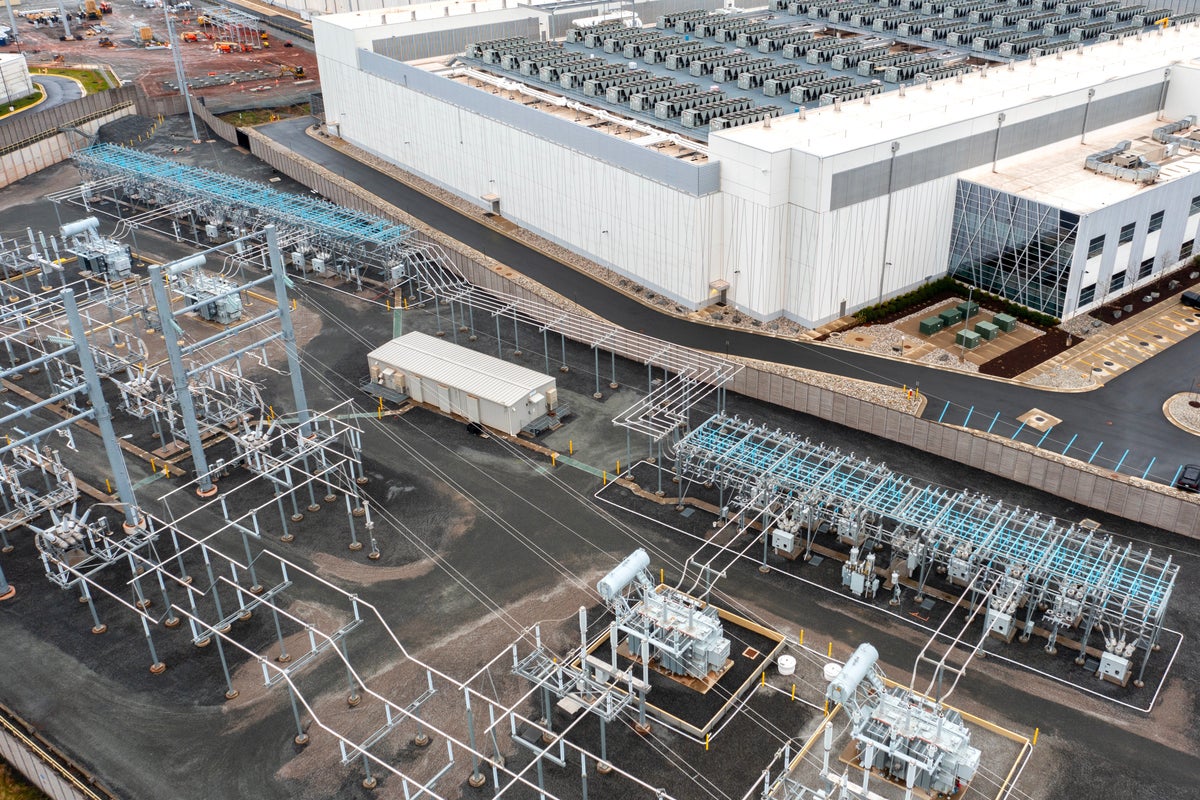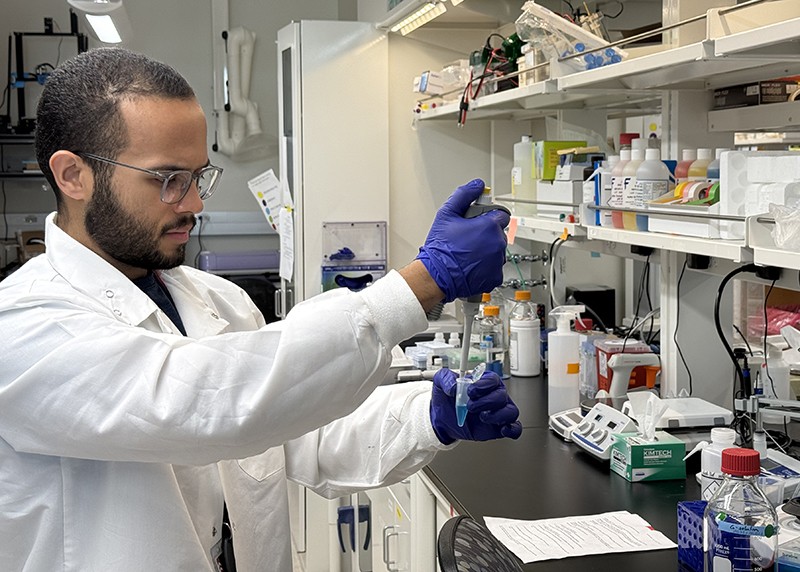Two Lunar Landers are Off to the Moon
Back in the 60’s and 70’s it was all about the Moon. The Apollo program took human beings to the Moon for the first time and now over 50 years later things are really hotting up again. The latest mission to head toward our celestial neighbour is a SpaceX Falcon 9 rocket launching Blue Ghost … Continue reading "Two Lunar Landers are Off to the Moon" The post Two Lunar Landers are Off to the Moon appeared first on Universe Today.

Back in the 60’s and 70’s it was all about the Moon. The Apollo program took human beings to the Moon for the first time and now over 50 years later things are really hotting up again. The latest mission to head toward our celestial neighbour is a SpaceX Falcon 9 rocket launching Blue Ghost Mission 1 and the HAKUTO-R lander. The Blue Ghost is part of NASA’s Commercial Lunar Payload Services (CLPS) and it carries a total of 10 NASA payloads, the other is a private Japanese enterprise to explore the Moon. The launch went well and both landers will arrive shortly.
The exploration of the Moon has been a key part of space research offering key insight into the origins of the Moon and the Solar System itself. With the possibility of future human bases on the Moon the interest in lunar exploration has started to gain momentum. Of particular note is NASA’s Artemis program and other international missions like those from China and India are making great progress. They not only intend to learn more about the Moon and its physical properties but also hope to serve as stepping stones for future exploration.

Yet another chapter has opened in the book of lunar exploration with a launch atop a Falcon 9 rocket. This reusable two-stage launch vehicle was designed and developed by SpaceX to reduce the cost of a launch. It’s first flight was back in 2010 and since then has enjoyed success with around 200 successful launches to its name. One of its two charges this time was the Commercial Lunar Payload.
Carrying the a payload from Firefly Aerospace, the Commercial Lunar Payload set off on its journey from launch complex 39A ahead of its landing on 2 March 2025. As wonderfully articulated by NASA’s Deputy Administrator Pam Melroy ‘The mission embodies the bold spirit of NASA’s Artemis campaign – a campaign driven by scientific exploration and discovery.’

It’s destination is near a volcanic feature called Mons Latreille within Mare Crisium. On arrival at lunar the surface, it will test and demonstrate drilling capability, collection technology of the lunar regolith, the use of GPS, radiation tolerant computing and lunar dust protection methods. The mission will help to set the stage for a later human visit to the Moon, possibly even to develop a permanent lunar base.

There will be a total of ten payloads on as part of the CLPS; Lunar Instrumentation for Subsurface Thermal Exploration with Rapidity, Lunar PlanetVac, Next Generation Lunar Retroflector, Regolith Adherence Characterisation, Radiation Tolerant Computer, Electrodynamic Dust Shield, Lunar Environment heliospheric X-ray Imager, Lunar Magnetotelluric Sounder, Lunar GNSS Receiver Experiment and Stereo Camera for Lunar Plume Surface Studies.
Being launched alongside Blue Ghost but following its own trajectory to the Moon is the Japanese built HAKUTO-R M2 Resilience lander. Unlike Blue Ghost, HAKUTO-R will take a low energy trajectory to the Moon arriving in about four months time in Mare Frigoris. On arrival, it will deploy a lunar rover called Tenacious which will collect small samples of lunar regolith. Under a contract which was awarded by NASA back in 2020, the regolith will be sold back to NASA for $5,000 USD.
Source : Liftoff! NASA Sends Science, Tech to Moon on Firefly, SpaceX Flight
The post Two Lunar Landers are Off to the Moon appeared first on Universe Today.
What's Your Reaction?








































